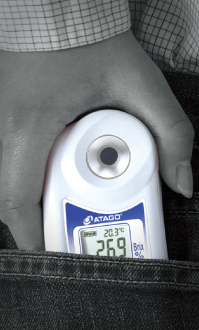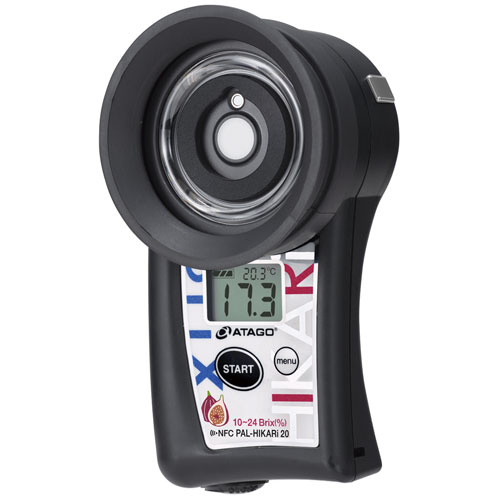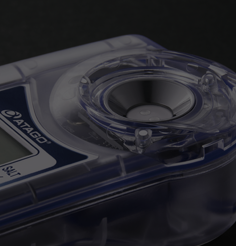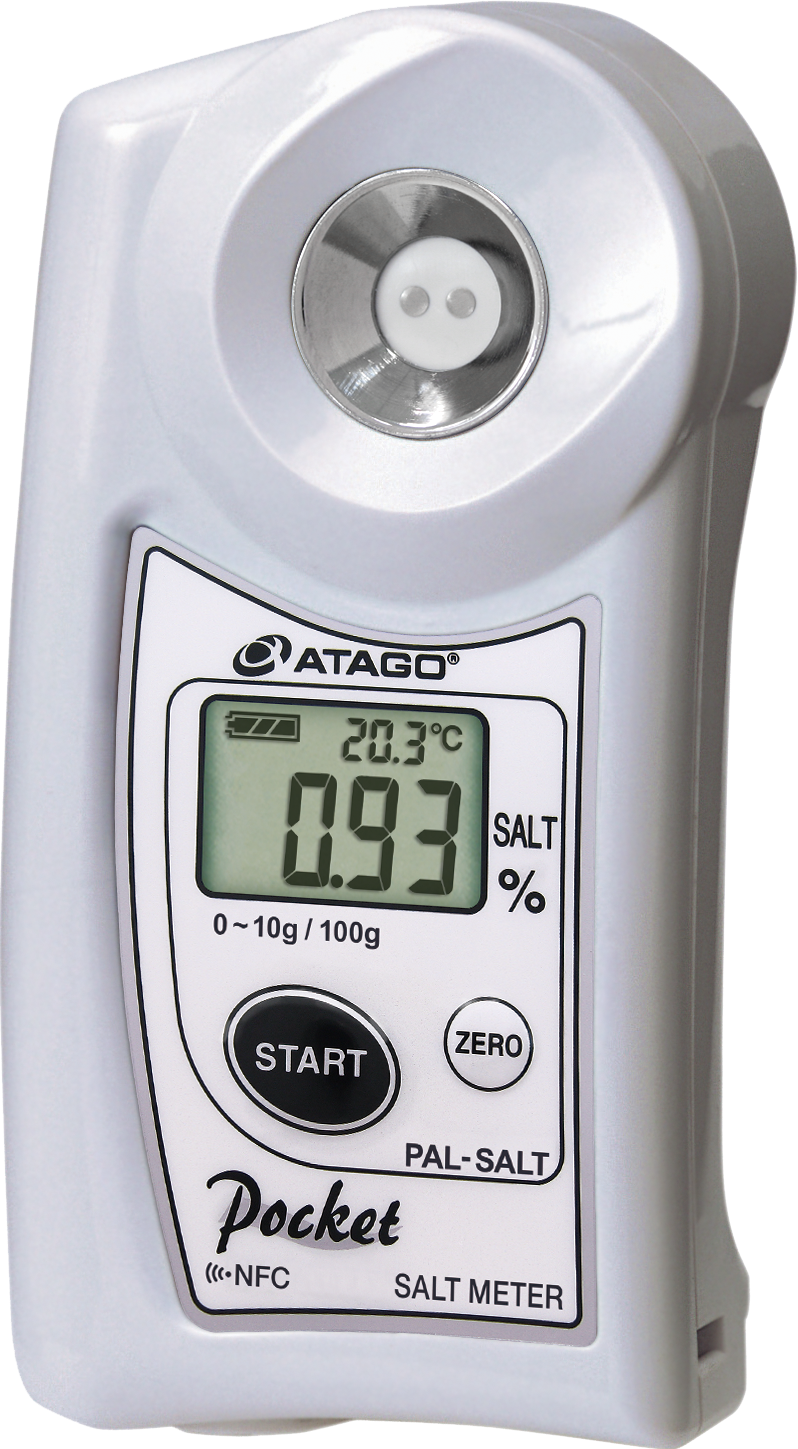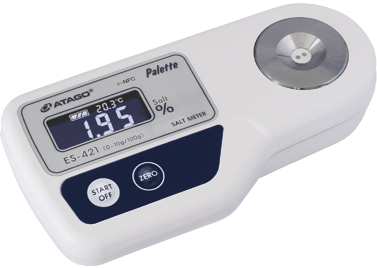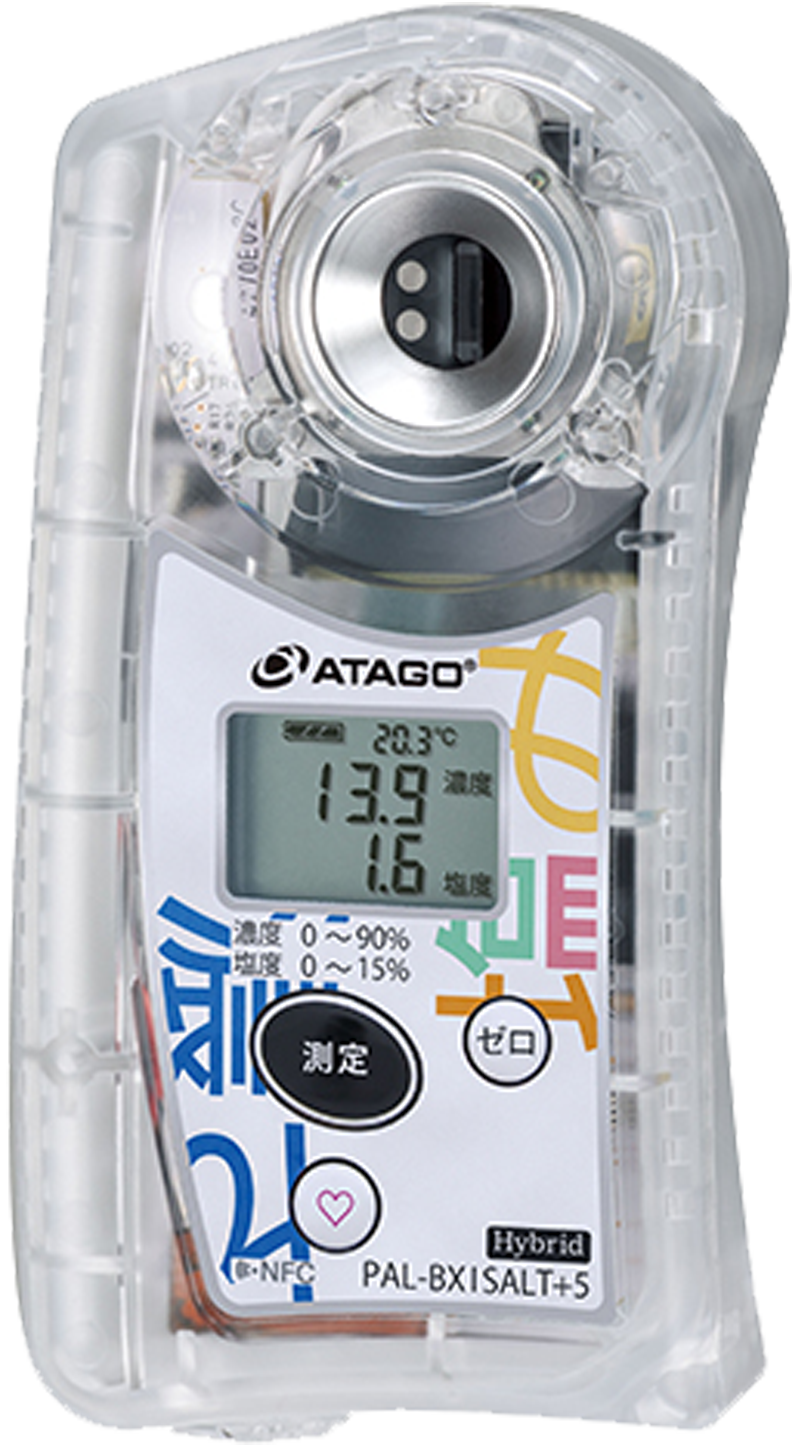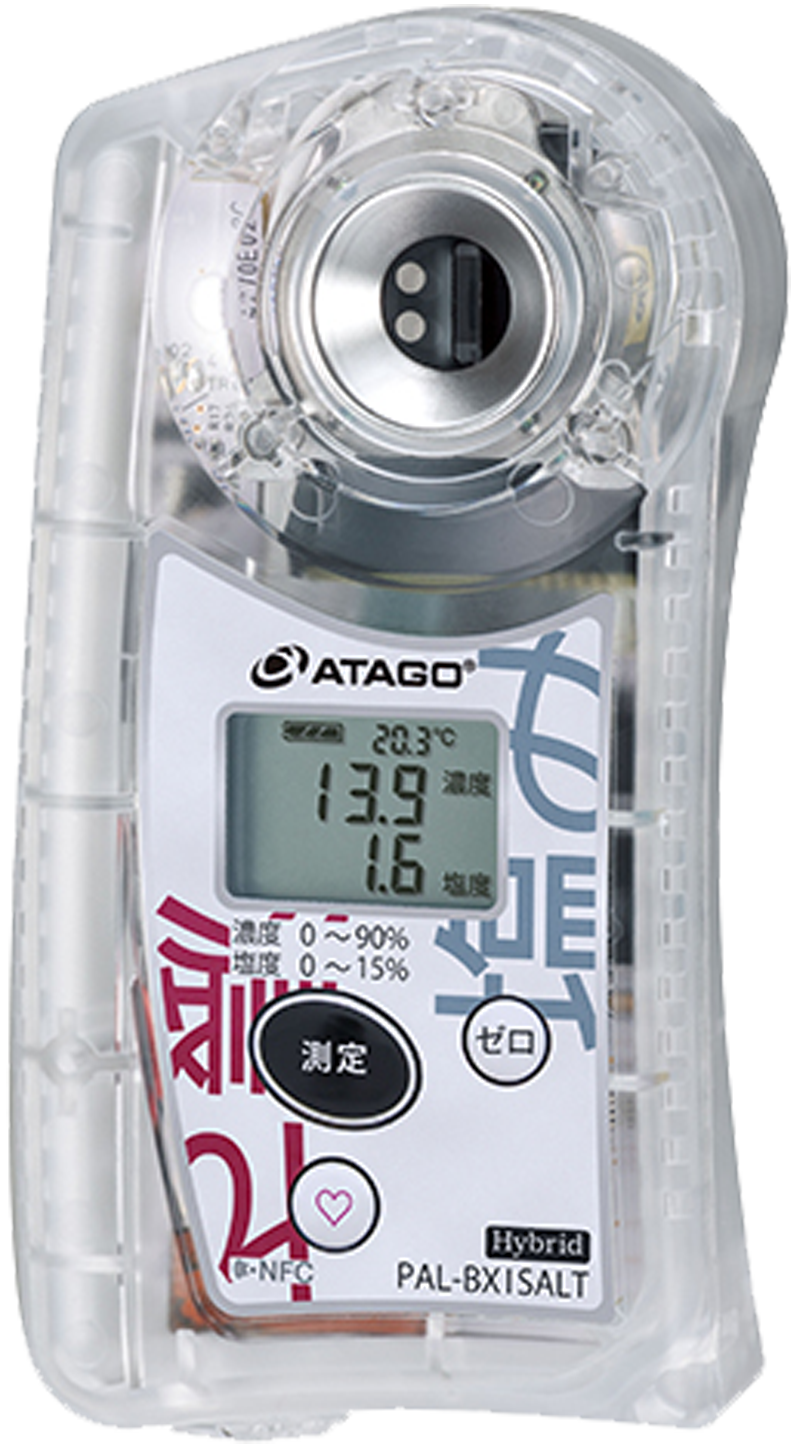Seasoning
Soy Sauce & Miso
Soy sauce and miso are seasonings which play an important role in bringing out the flavor of a dish. Soy sauce and miso are the two most popular seasonings in Japan.

By adding a little soy sauce during preliminary food prep, during cooking, or when applying the final garnishing touches, the taste of a dish can be elevated to a whole new level of delicious.
Soy sauce’s appealing, characteristic color, taste, and fragrance is derived from the blending of its main ingredient, soy beans, with wheat and salt. Soy sauce’s flavor comes from the protein in soy beans, and its fragrance comes from the starch in wheat. These traits are produced by the microorganisms in each component. Delicious soy sauce is made from thoroughly fermenting and aging these raw ingredients for a long time. Depending on the soy sauce, there are differences in the degree of flavor intensity, extract (unsalted soluble solid contents), and color. The Japanese Agricultural Standards (JAS) classifies soy sauce based on these differences. The distinctive qualities (color, flavor, fragrance) of the soy sauce can vary. Flavor assessment is divided into nitrogen and extract content.
ATAGO recommends the PAL-SALT and ES-421 for measuring the salt content of soy sauce. For measuring the salt content of soy sauce, we recommend diluting by 10 times.
On average the salt content of Koikuchi (strongly colored) soy sauce is 14 to 15%, and Usukuchi (lightly colored) soy sauce is 16 to 18%. Salt content of reduced sodium soy sauce is typically reduced by half, to between 7 to 8% The extract content of soy sauce (unsalted soluble solid contents) can be found by subtracting the salt content from the soluble solid contents (Brix).Refractometers are used for measuring soluble solid content (please contact ATAGO for more details).

Mention “miso,” and for many Japanese people, “miso soup” comes to mind. In addition to its raw ingredients, which contain many nutrients, miso also has an abundance of beneficial compounds created from fermentation. Characteristics of miso vary by region, and it is classified by the raw ingredients: rice miso, barley miso, soybean miso, and mixed miso. The ratio of raw ingredients (soybeans, rice, or barley) to salt content is different for each type of miso. Other main components include water (40 to 46%), carbohydrates, protein, fat, and ash. Miso contains various other components like vitamins and minerals. The salt content in miso is all found dissolved in the water. For this reason, the concentration of salt changes depending on the amount of water. The salt content used during fermentation is normally about 12%; for soybean miso and sweet miso it is somewhat less, and for white miso and edoama miso (the traditional type of miso from the Tokyo region in Japan), it is even less: 5 to 7%.
Unlike soy sauce, miso does not have any Japanese Agricultural Standards. The main reason is that there are so many varieties; it would be difficult to classify all of them. Miso is “alive” with beneficial bacteria and cannot be classified, since it is constantly changing.
Also, there are many miso products which do not undergo heat sterilization, and among those, the living yeast and lactobacilli in the miso consume the nutrients. For this reason, physicochemical analytical values cannot be set or maintained in the same manner as with soy sauce’s nitrogen and extract contents.
For a detailed and accurate measurement of miso’s salt content, we recommend diluting by 10 times.We recommend the PAL-SALT and ES-421 for measuring the salt content of miso.

The Salt Content of Soy Sauce & Miso (Rough guide)
 ys
ys
